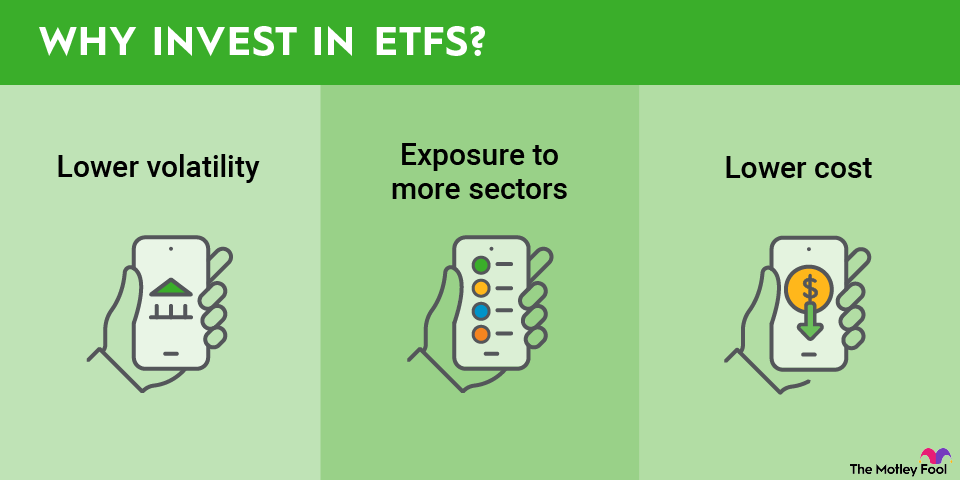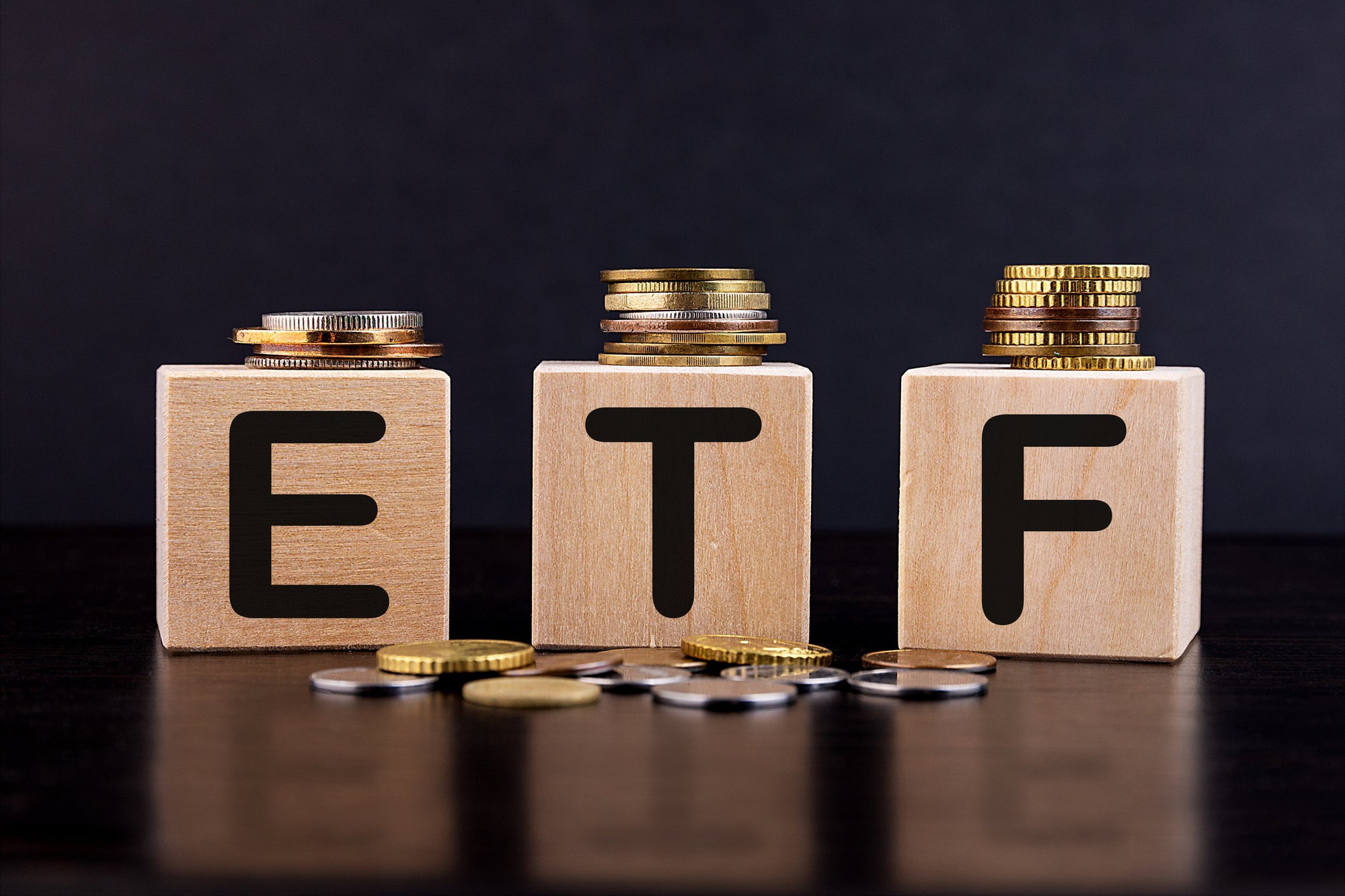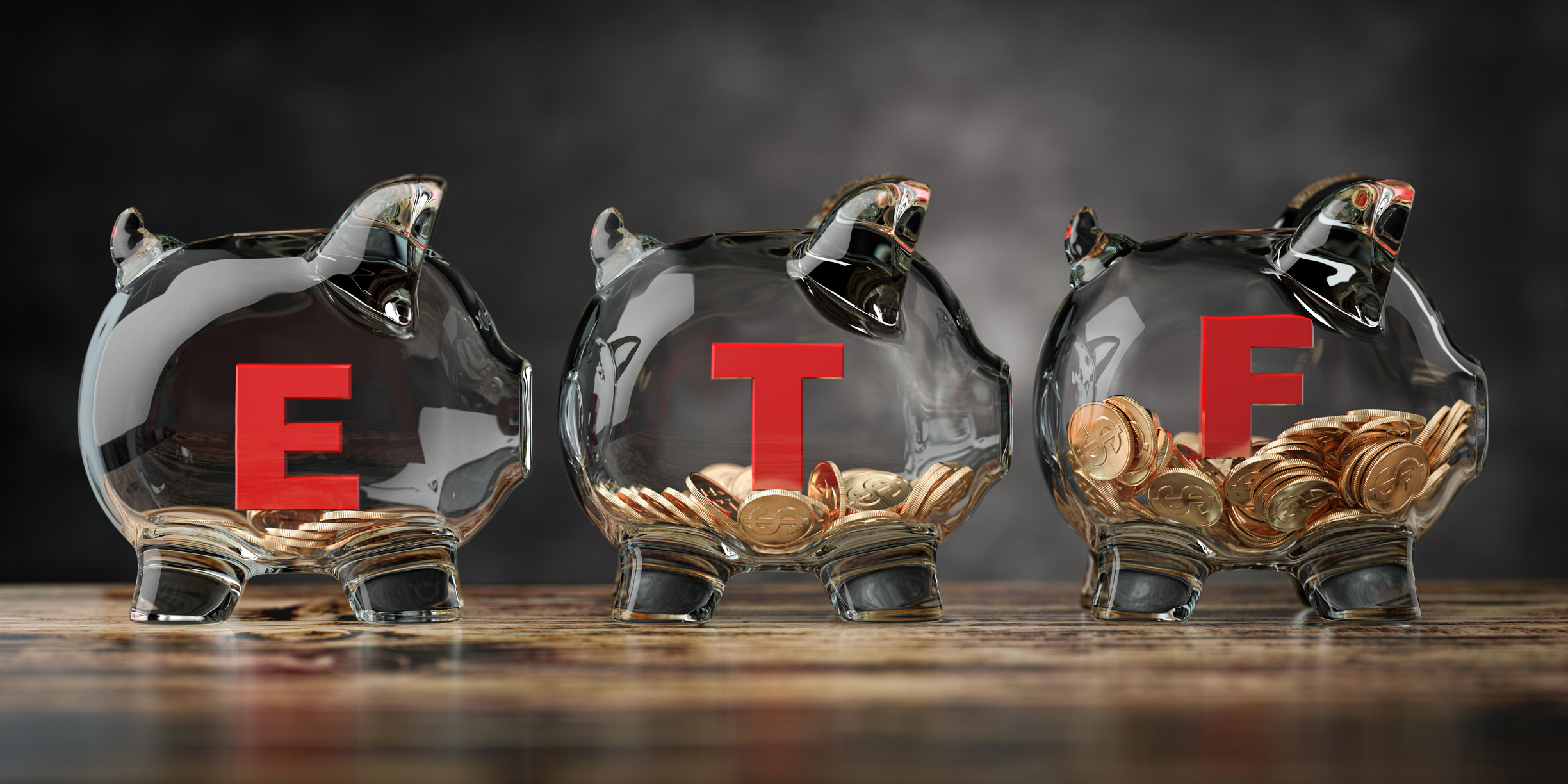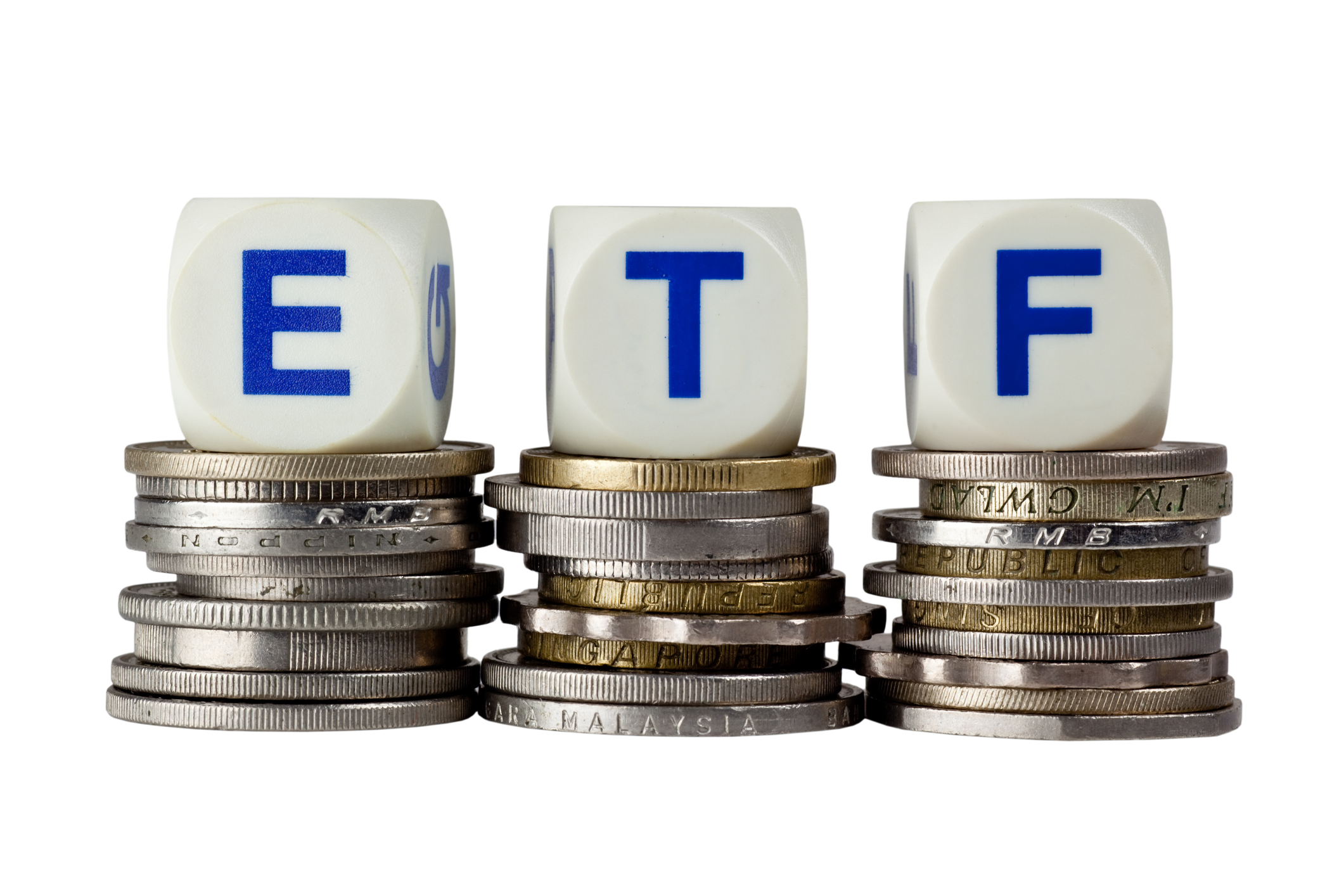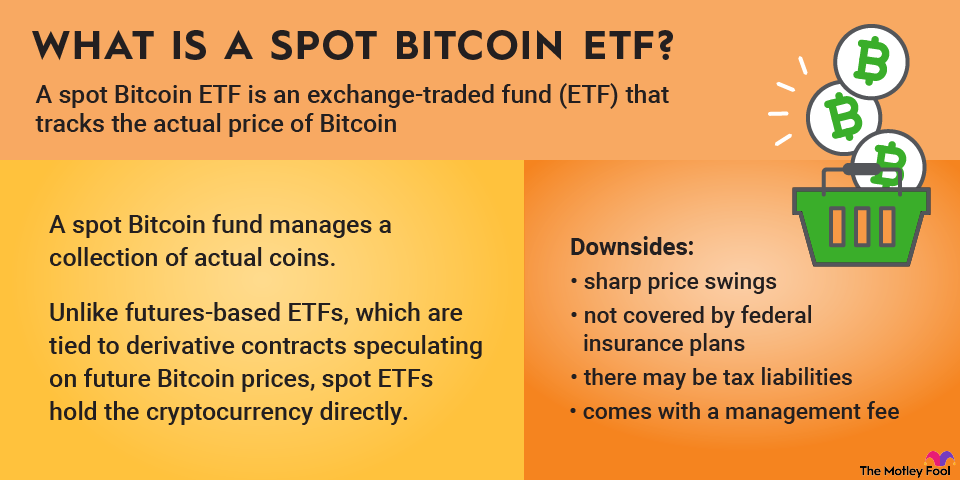
NYSEMKT: BIV
Key Data Points
Here's a closer look at BIV ETF, including how to invest in the ETF and the role it can play in an investor's portfolio.
What is the Vanguard Intermediate-Term Bond ETF (BIV)?
The Vanguard Intermediate-Term Bond ETF is a sector ETF focused on a specific segment of the bond market. It holds bonds from investment-grade issuers that mature in five to 10 years.
The passively managed fund tracks the investment return of the Bloomberg U.S. 5–10 Year Government/Credit Float Adjusted Index. That bond index covers investment-grade bonds with a dollar-weighted average maturity of five to 10 years.
Bonds with an intermediate term to maturity tend to have a relatively steadier yield compared to those with either a shorter or longer term until maturity over the long haul. That makes them less volatile and can help an investor achieve a higher total return over the long term.
Exchange-Traded Fund (ETF)
How to buy the Vanguard Intermediate-Term Bond ETF (BIV)
Investors interested in buying this Vanguard bond ETF can do so through any brokerage account. Here are the six steps you need to take:
- Open your brokerage app: Log into your brokerage account where you handle your investments.
- Search for the ETF: Enter the ticker "BIV" or the ETF name into the search bar to bring up the ETF's trading page.
- Decide how many shares to buy: Consider your investment goals and how much of your portfolio you want to allocate to this ETF.
- Select order type: Choose between a market order to buy at the current price or a limit order to specify the maximum price you're willing to pay.
- Submit your order: Confirm the details and submit your buy order.
- Review your purchase: Check your portfolio to ensure your order was filled as expected and adjust your investment strategy accordingly.
Holdings of the Vanguard Intermediate-Term Bond ETF
This Vanguard ETF held roughly 2,200 bonds in late 2025. Those bonds had an average coupon (interest rate) of 4.0% and an average remaining duration of 6.1 years. Overall, the fund's holdings mature over the following timeframes:
- 96.47% of the fund's holdings mature in the five- to 10-year timeframe it targets.
- 0.69% mature in one to five years.
- 2.43% mature in 10 to 15 years.
- 0.01 mature in 20 to 25 years.
- 0.42% mature in over 25 years.
The fund only holds bonds from issuers with an investment-grade bond rating. Here's a snapshot of the distribution of its holdings by credit quality:
- U.S. government: 58.40% of the fund
- AAA-rated corporate bonds: 2.42%
- AA: 2.55%
- A: 16.53%
- BBB: 20.12%
The ETF holds bonds from the following types of issuers:
- U.S. Treasury/government-sponsored agencies: 58.4% of its holdings
- Industrial companies: 18.88%
- Financial companies: 14.10%
- Foreign entities: 4.65%
- Utilities: 3.55%
- Other: 0.42%
Should I invest in the Vanguard Intermediate-Term Bond ETF?
Intermediate-term bonds can help an investor reduce volatility in their portfolio while improving their returns over the long term, especially compared to bonds with shorter remaining maturity terms. Bonds with an intermediate term to maturity also have historically had a more durable (and less volatile) yield over multiple decades of investment.
That has helped bond-heavy portfolios (e.g., an 80% bonds to 20% stocks mix) deliver much higher returns over the last 20 years. They have also helped improve the returns of more equity-heavy portfolios (e.g., 80% stocks to 20% bonds), though by a smaller margin.
Given these factors, the Vanguard Intermediate-Term Bond ETF can be a good bond ETF to buy and hold as part of a diversified portfolio, especially for those approaching or in retirement. It's also an ideal long-term ETF to invest in.
Does the Vanguard Intermediate-Term Bond ETF (BIV) pay a dividend?
Yes, the Vanguard Intermediate-Term Bond ETF pays a dividend. The fund holds fixed-income investments that generate interest income, which the fund distributes to investors each month. In addition to interest income distributions, the fund will also distribute net capital gains (if any) for bonds sold at the end of each year.
The fund's annualized distribution yield was around 3.9% in late 2025. That higher yield makes it a potentially attractive dividend ETF to consider.
The fund's distributions fluctuate from month to month based on the interest payments received. Further, the distributions are generally higher during periods when interest rates are higher and lower after rates have fallen.
The fund's strategy is to sell its bond holdings once their remaining maturity is less than five years and replace them with new bonds that mature in five to 10 years. Because the fund buys new bonds at the current rate, a significant change in interest rates would impact the future income the fund produces as it rolls over its bond portfolio.
What is the Vanguard Intermediate-Term Bond ETF (BIV)'s expense ratio?
This bond ETF has a 0.03% expense ratio. The expense ratio is the fee charged to investors to cover the fund's operating costs. The fund's manager deducts this fee from dividend and capital gain distributions. Because of that, a higher fee would mean reduced distributions to fund investors.
ETF Expense Ratio
This ETF has a very low expense ratio; it would only charge investors $3 per year for every $10,000 they invest. For comparison, the industry average for a similar fund is 0.56% or $56 for every $10,000 invested in the average fund. ETFs tend to have lower expense ratios than mutual funds.
Historical performance of the Vanguard Intermediate-Term Bond ETF (BIV)
Generally lower interest rates over the past decade have had a meaningful impact on the returns produced by this bond ETF:
Fund | 1 Year | 3 Years | 5 Years | 10 Years | Since
Inception (April 2007) |
|---|---|---|---|---|---|
Vanguard
Intermediate-Term Bond ETF | 3.67% | 5.66% | (0.27%) | 2.26% | 3.93% |
Benchmark | 3.78% | 5.69% | (0.24%) | 2.33% | 3.95% |
As that table shows, the fund has produced a meager return over the last 10 years due to lower interest rates for most of that period. However, it has performed roughly in line with its benchmark, with a minor underperformance due to its low expense ratio.
Its longer-term performance is higher due to generally higher interest rates in the prior decade. Intermediate-term bonds tend to perform best when held over a multi-decade period.
Related investing topics
The bottom line on Vanguard Intermediate-Term Bond ETF (BIV)
The Vanguard Intermediate-Term Bond ETF focuses on holding bonds that have historically delivered a more durable and less volatile yield. Because of that, they can provide a steadier stream of fixed income, which can help boost returns over the long run. These features make this ETF a potentially ideal addition to a diversified portfolio.


